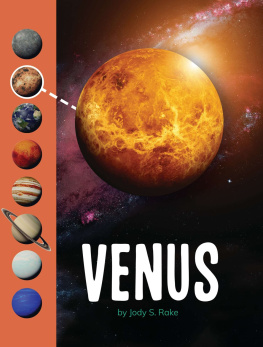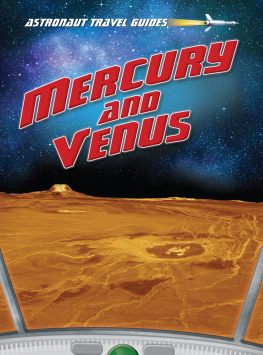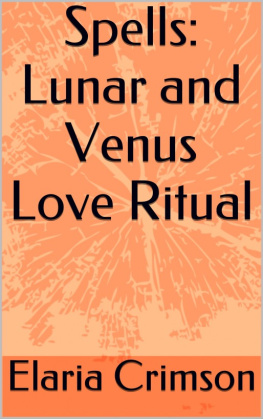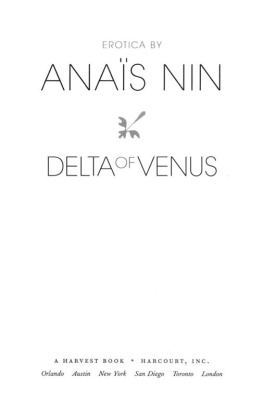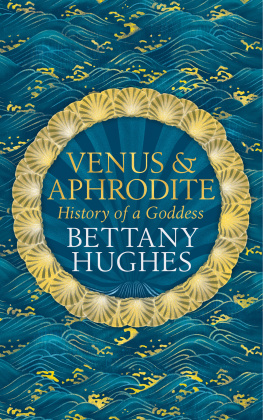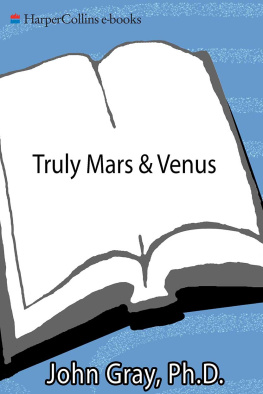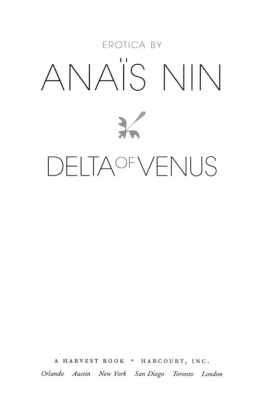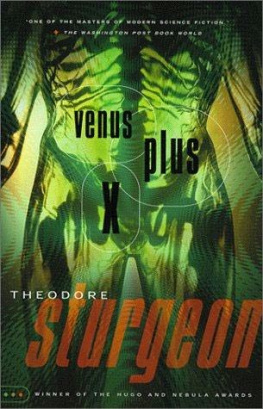Jody S. Rake - Venus
Here you can read online Jody S. Rake - Venus full text of the book (entire story) in english for free. Download pdf and epub, get meaning, cover and reviews about this ebook. year: 2020, publisher: Capstone, genre: Children. Description of the work, (preface) as well as reviews are available. Best literature library LitArk.com created for fans of good reading and offers a wide selection of genres:
Romance novel
Science fiction
Adventure
Detective
Science
History
Home and family
Prose
Art
Politics
Computer
Non-fiction
Religion
Business
Children
Humor
Choose a favorite category and find really read worthwhile books. Enjoy immersion in the world of imagination, feel the emotions of the characters or learn something new for yourself, make an fascinating discovery.
- Book:Venus
- Author:
- Publisher:Capstone
- Genre:
- Year:2020
- Rating:4 / 5
- Favourites:Add to favourites
- Your mark:
- 80
- 1
- 2
- 3
- 4
- 5
Venus: summary, description and annotation
We offer to read an annotation, description, summary or preface (depends on what the author of the book "Venus" wrote himself). If you haven't found the necessary information about the book — write in the comments, we will try to find it.
Venus — read online for free the complete book (whole text) full work
Below is the text of the book, divided by pages. System saving the place of the last page read, allows you to conveniently read the book "Venus" online for free, without having to search again every time where you left off. Put a bookmark, and you can go to the page where you finished reading at any time.
Font size:
Interval:
Bookmark:
VENUS by Jody S. Rake Pebble Explore is published by Pebble, an imprint of Capstone. 1710 Roe Crest Drive North Mankato, Minnesota 56003 www.capstonepub.com Copyright 2021 by Capstone. All rights reserved. No part of this publication may be reproduced in whole or in part, or stored in a retrieval system, or transmitted in any form or by any means, electronic, mechanical, photocopying, recording, or otherwise, without written permission of the publisher. Library of Congress Cataloging-in-Publication Data is available on theLibrary of Congress website.
ISBN: 978-1-9771-2392-3 (hardcover) ISBN: 978-1-9771-2692-4 (paperback)ISBN: 978-1-9771-2429-6 (eBook PDF)ISBN: 978-1-9771-4805-6 (eBook) Summary: The second brightest object in the sky, after the moon is Venus. Its also the only planet named after a woman. Learn more about bright, beautiful Venus, named for the Roman goddess of love and beauty. Image Credits Getty Images: Hulton Archive, 7, Ron Miller/Stocktrek Images, 12, Santi Visalli Inc, 15, The Asahi Shimbun, 22; iStockphoto: shaunl, 28; NASA: JPL, 14, JPL-Caltech/ESA, 18, JSC, 21; Newscom: Aoes Medialab/esa/Hand Out/picture alliance/dpa/picture, 23, ESA/INAF-IASF/UPI, 19; ScienceSource: Detlev van Ravenswaay, 27, Gary Hincks, 26; Shutterstock: Dotted Yeti, Cover Left, guardiano007, 1, Johan Swanepoel, 6, Macrovector, 10, MattLphotography, 5, NASA images, Cover, Pavel Gabzdyl, Back Cover, Peyker, 17, Steve Allen, 13, TrifonenkoIvan, 11, Vadim Sadovski, 9, Zwiebackesser, 8; Wikimedia: NASA, 25, NASA/JPL/David Seal, 16 Design Elements Shutterstock: Arcady, BLACKDAY, ebes, LynxVector, phipatbig, Stefan Holm, veronchick_84 Editorial Credits Editor: Alison Deering; Designer: Jennifer Bergstrom; Media Researcher: Tracy Cummins; Production Specialist: Tori Abraham All internet sites appearing in back matter were available and accurate when this book was sent to press. Table of Contents Words in are in the glossary. Venus, the Evening Star A bright star appears in the sky just after the sun sets.
It does not twinkle. It is not a star at all. It is Venus. Venus is one of the brightest objects in our sky. Only the sun and the moonare brighter. Venus is also called the evening star.
Venus looks bright white fromspace. It is covered with clouds. Sunlight bounces off these clouds.Then it bounces back into space. We can see this light bouncing off Venus. Earths Neighbor Venus comes closer to Earth thanany other planet. Its path around the sun is closest to Earths.
But it also moves far away. Sometimes Mercuryis closer to Earth. Venus Earth sun Mercury We do not know when Venus was first discovered. People have known about it for thousands of years. A . Galileo and his telescope Venus was named after the Roman goddess of love and beauty.
It is the only planet named for a woman. Maybeit was named this because it is so brightand beautiful. The Roman goddess Venus Venus is the second planet from the sun. It moves in a path around the sun. This is called an . Venuss path is almost a perfect circle.
Neptune Uranus Saturn Jupiter Mars Earth Venus Mercury sun Venus moves very quickly. If a plane could fly as fast, it would circle Earththree times in one hour! Clouds and Beyond Venuss surface is made of rock.But we cant see it from space. It is hidden by clouds. Beneath the clouds, Venus is mostly gray. It has a thick, cloudy . Imagine you werestanding on the planet.
The sunwould make the land look orange. Maxwell Montes on Venus Venus has many mountains. Thetallest is Maxwell Montes. It is almost twice as high as Denali. That is the highest mountain in North America. Denali, the highest mountain in North America Venus has about 900 large holes.
These holes are called . They were made when giant space rockshit the planet. Craters on Venus Venuss holes all have names.Crater Mead is the largest. It is named after an American scientist. Her namewas Margaret Mead. Margaret Mead Venus has no moons.
It also has no rings. We can only see its clouds. Strong winds blow the clouds. They move around the planet all the time. They move very quickly. It takes five Earth days for the clouds to go around the planet once.
Clouds move quickly on Venus. The thick clouds hold in the sunsheat. This makes Venus the hottest planet. It is hot enough to melt the metal . Melted lead Venuss atmosphere has many layers. They all have different temperatures.
The surface is the hottest. Venus has a very hot surface. Farther up, it gets cooler. In the clouds, the temperature is about the same as on Earth. Venuss clouds reflect sunlight. Dark areas show thick clouds.
Exploring Venus No one has ever been to Venus. But many spacecraft have gone to explore it. The first one flew past more than 50 years ago. In 1982, a spacecraft landed on Venus. It sent back the first color pictures. It lasted about two hoursbefore the planets heat wrecked it.
Another craft began to circle the planet in 1990. It had special tools to see past the clouds. It sent information back to Earth for four years. A spacecraft starts its journey to Venus. In 2005, a new craft took off. It arrived at Venus in 2006.
It sent information to Earth for almost eight years. Contact was lost in 2014. A spacecraft takes off for Venus in 2010. The newest craft launchedin 2010. It circled the sun forfive years. In 2015, it started circling Venus.
A spacecraft circles Venus. Like Earth, but Different Venus is only a little smaller than Earth. Imagine you could straight through bothplanets. The tunnel through Venuswould be only a little shorter thanone through Earth. The two planets have almost the same . Lets say youweigh 100 pounds (45 kilograms)on Earth.
You would weigh about90 pounds (41 kg) on Venus. People cannot live on Venus. It is too hot. The planet has no air. The atmosphere is mainly deadly . It is very heavy! People would be crushed.
It would feel like you were deep under the ocean. Venus Earth Venus spins very slowly. That means it has the longest day of any planet. It takes 243 Earth days to make one spin. That is one day on Venus! Venus also spins backward. The sunrises in the west.
It sets in the east. Mars Earth Mercury Venus Venus moves around the sun quickly. Earth moves around the sun once in 365days. Thats one year. Venus does this inabout 225 days. That means a day on Venus is just a little longer than a year.
The four rocky planets of the inner solar system circle the sun. Mars Mercury sun Venus Earth When to See Venus Venus can be seen from Earthmost of the year. During some months, you can see it before the sun rises. During other months, youcan see it after the sun sets. For two months each Earth year, Venus is on the opposite side of the sun. Then we cant see it at all.
Venus in the night sky Fast Facts Name: Venus Location: 2nd planet from the sun Planet Type: rocky Discovered: unknown; f irst seen through telescope in 1610 Moons: none Glossary (AT-muh-sfeer) layer of gases that surrounds some planets, dwarf planets, and moons (KRAY-tur) a large hole in the ground caused by crashing rocks (GASS) something that is not solid or liquidand does not have a definite shape (GRAV-uh-tee) a force that pulls objects together (LED) a soft, gray metal (OR-bit) to travel around an object inspace; an orbit is also the path an object follows when circling an object in space. (SYE-un-tist) a person who studies the world around us (TEL-uh-skohp) a tool people use to look up at objects in space; telescopes make objects in space look closer than they really are. (TUHN-uhl) to create a narrow passageway through or under something Read More Baines, Becky. Planets . Washinton D.C.: National Geographic Kids, 2016. Venus. Venus.
North Mankato, MN: Capstone Classroom, 2017. Rathburn, Betsy. Jupiter . Minneapolis:Bellwether Media, 2019. Internet Sites European Space Agency Kids https://www.esa.int/kids/en/learn/Our_Universe/ Planets_and_moons/Venus NASA Science: Solar System Exploration https://solarsystem.nasa.gov/planets/venus/overview/ National Geographic https://www.nationalgeographic.com/science/space/solar-system/venus/ Index atmosphere, bright, clouds, color, craters, days, Earth, Galileo, gases, goddess, gravity, Mead, Margaret, moons, mountains, orbit, rocks, scientist, size, spacecraft, speed, spinning, sun, surface, telescopes, temperature, winds, years, .
Next pageFont size:
Interval:
Bookmark:
Similar books «Venus»
Look at similar books to Venus. We have selected literature similar in name and meaning in the hope of providing readers with more options to find new, interesting, not yet read works.
Discussion, reviews of the book Venus and just readers' own opinions. Leave your comments, write what you think about the work, its meaning or the main characters. Specify what exactly you liked and what you didn't like, and why you think so.

